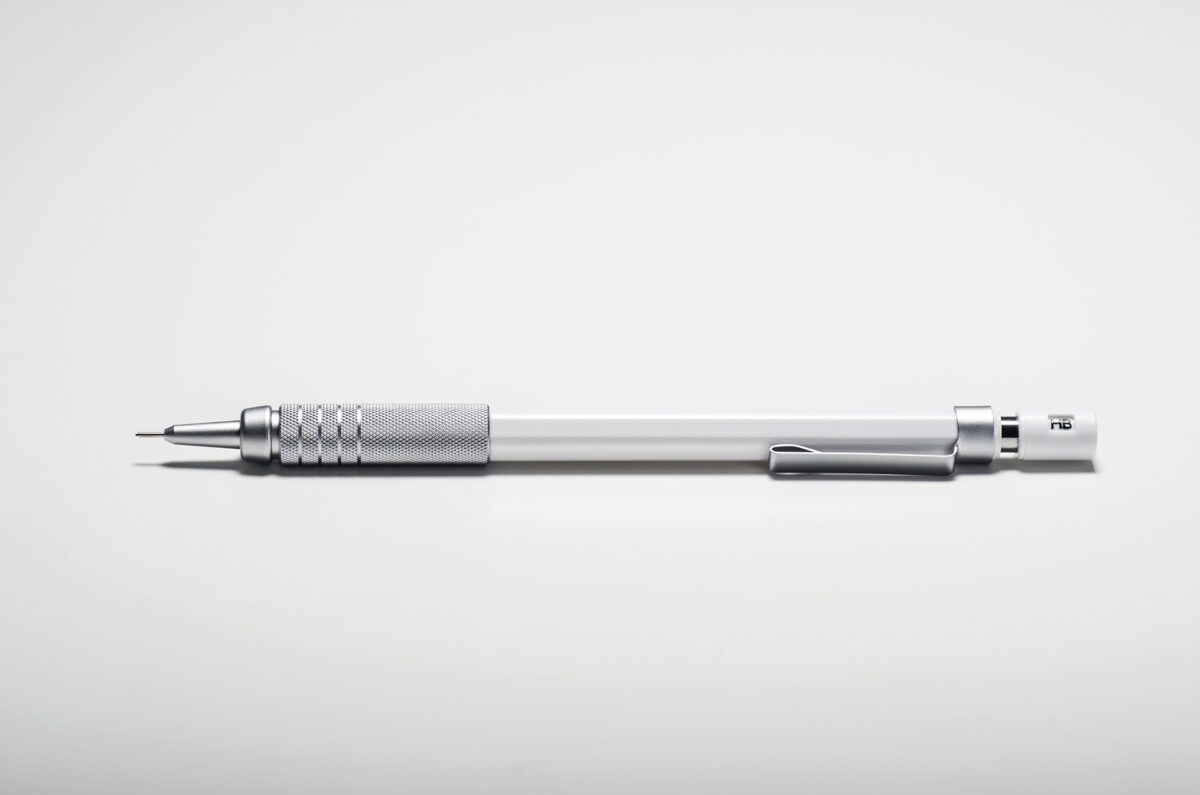What is fabless production?
What is fabless production?
A fab is short for ‘fabrication’, which is a facility that produces electronic components. When it comes to fabless production, it refers to when companies outsource their manufacturing. The development of fabless production is a pretty recent development, but one that has flourished since its conception.
How did it come about?
Fabless production didn’t exist until the 80s, when surplus stock led to IDMs offering outsourced services to smaller firms. In the same decade the first dedicated semiconductor foundry, TSMC, was founded. It is still one of the biggest foundries in operation to this day.
In the following years many smaller companies could enter into the market as they outsourced manufacturing. More manufacturers, each with different specialities, also came to the fore.
Advantages
One of the original reasons it became so popular was due to the cost reduction it provided businesses. With the actual semiconductors being manufactured elsewhere, companies saved money on labour and space.
With production outsourced, companies also had the ability to focus more on research and development. No doubt this gave way to many advancements in semiconductor technology that wouldn’t have been possible otherwise.
Having a choice of which manufacturers to work with is beneficial too. Depending on your requirements you can choose someone who best suit your needs.
Disadvantages
When you outsource production, you are putting part of your business under someone else’s control, which can be risky. There could be a higher chance of defects if manufacture isn’t being directly overseen.
It also means that, in terms of quantity of product and price of production, you don’t have total control. If a manufacturer decides to change the quantity they produce or the price, customers are limited to their options. They either have to accept the changes, or search for an alternative which, in a fast-paced market, would be risky.
Conclusion/Disclaimer
The fabless business model, as it is known, will probably continue long into the future. TSMC’s continued profit, among other companies, is a key indicator of its success. And with big names like Apple, Qualcomm and Nvidia working fabless, it would be safe to say it’s popular.
That’s not to say that an integrated business model, with every stage of production occurring in-house, is a bad choice either. There are many just as successful IDMs like Samsung and Texas Instruments.
For a ‘fab-ulous’ stock of both foundry and IDM components, check out Lantek. We specialise in obsolete, day to day and hard to find electronic components. Send us your enquiry at sales@lantekcorp.com, or use the rapid enquiry form on our website.
This blog post is not an endorsement of any particular business model, and is purely for informational purposes.


